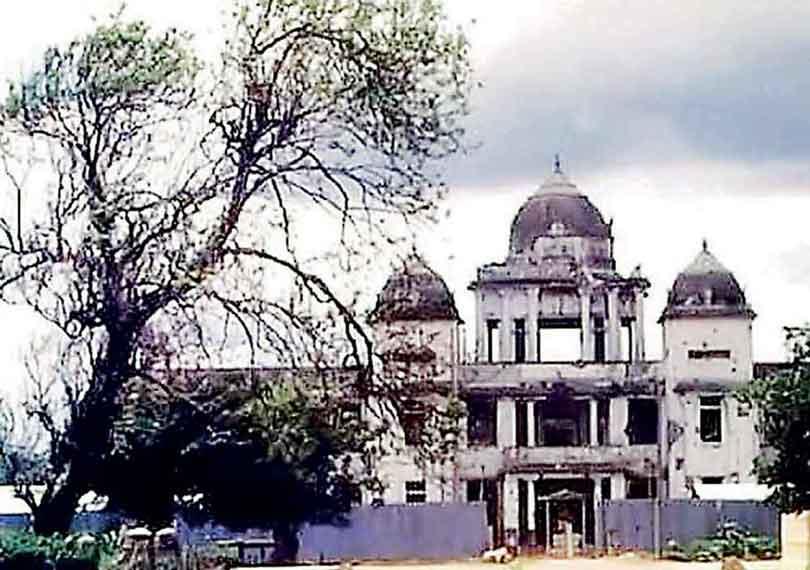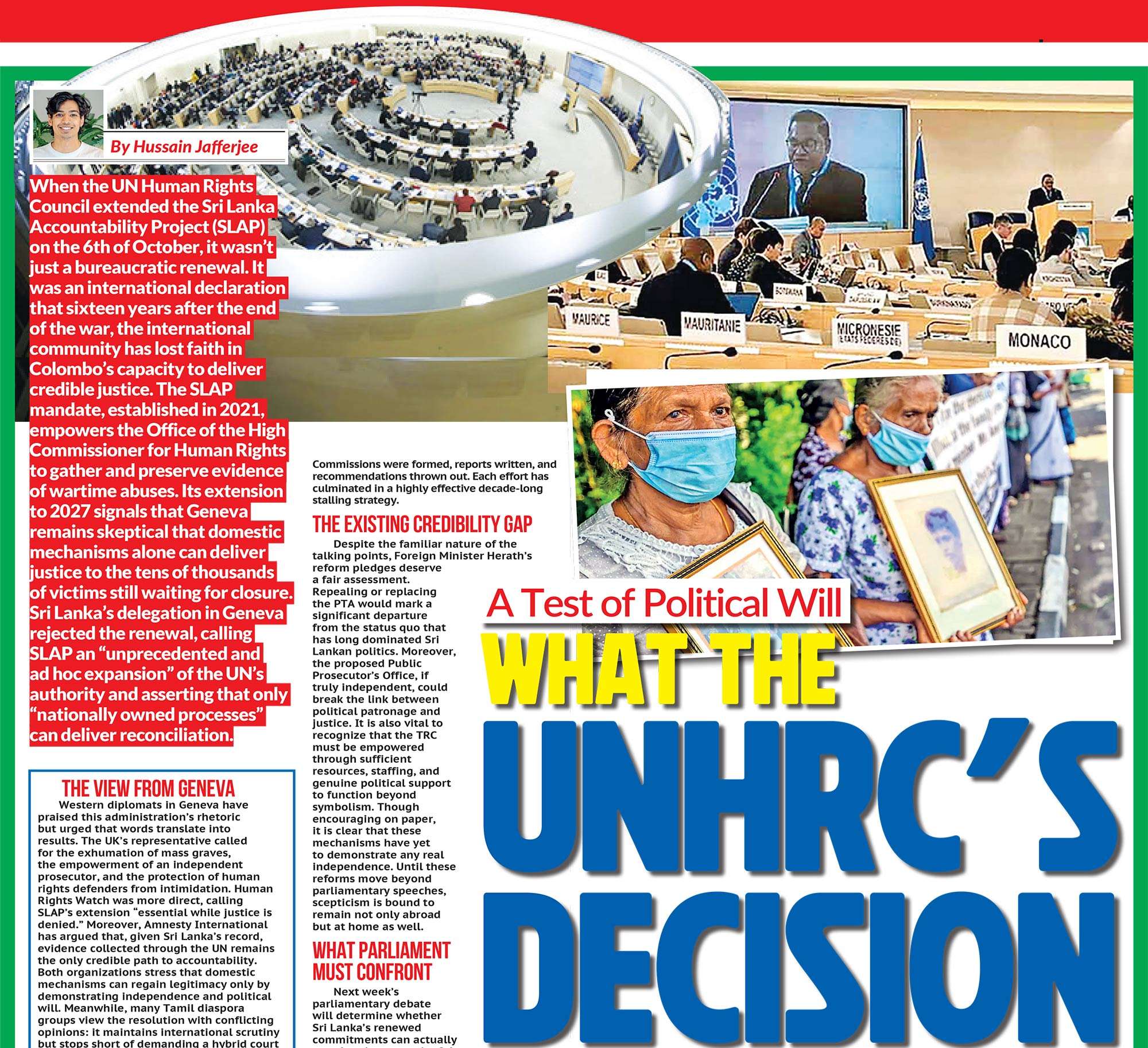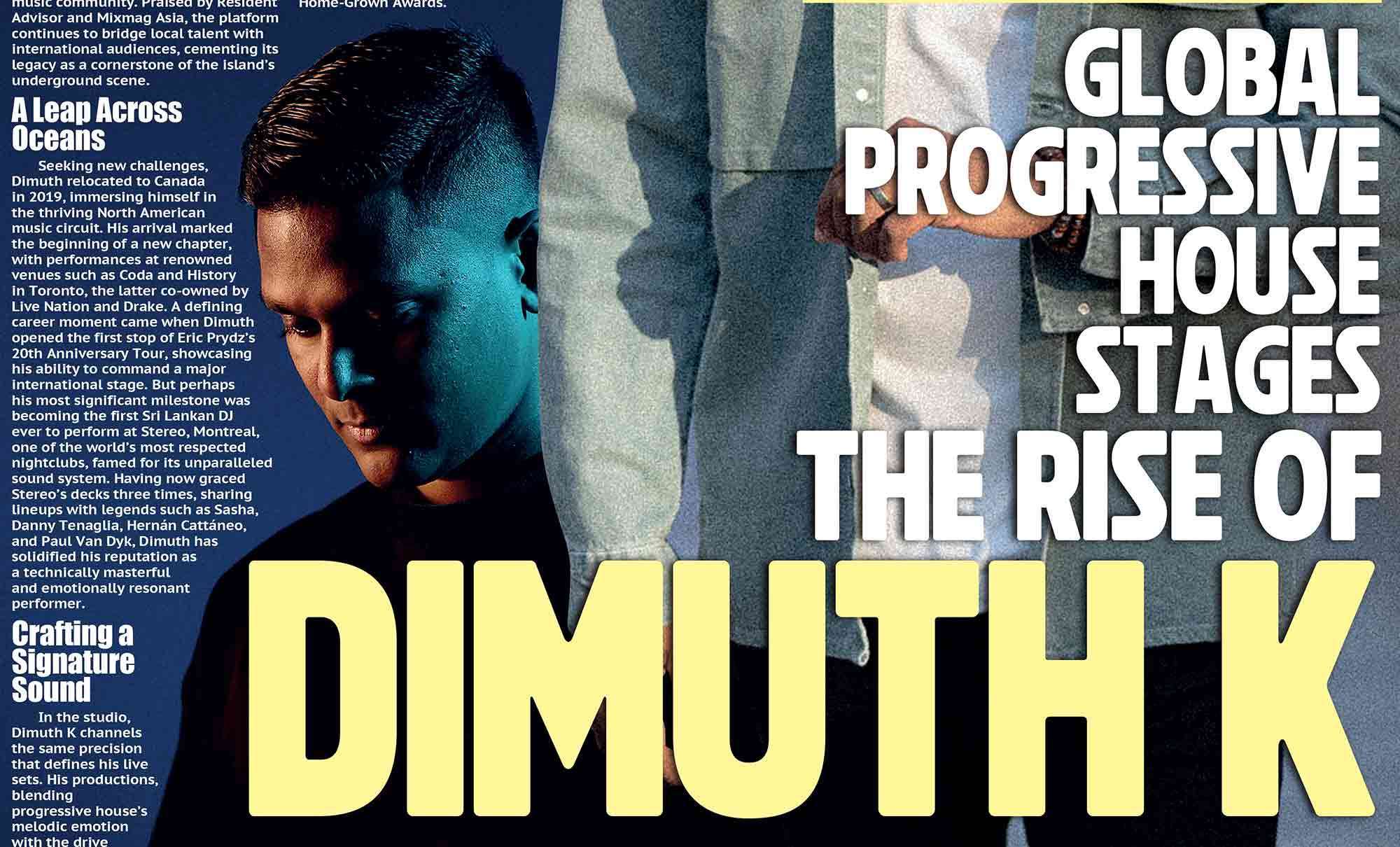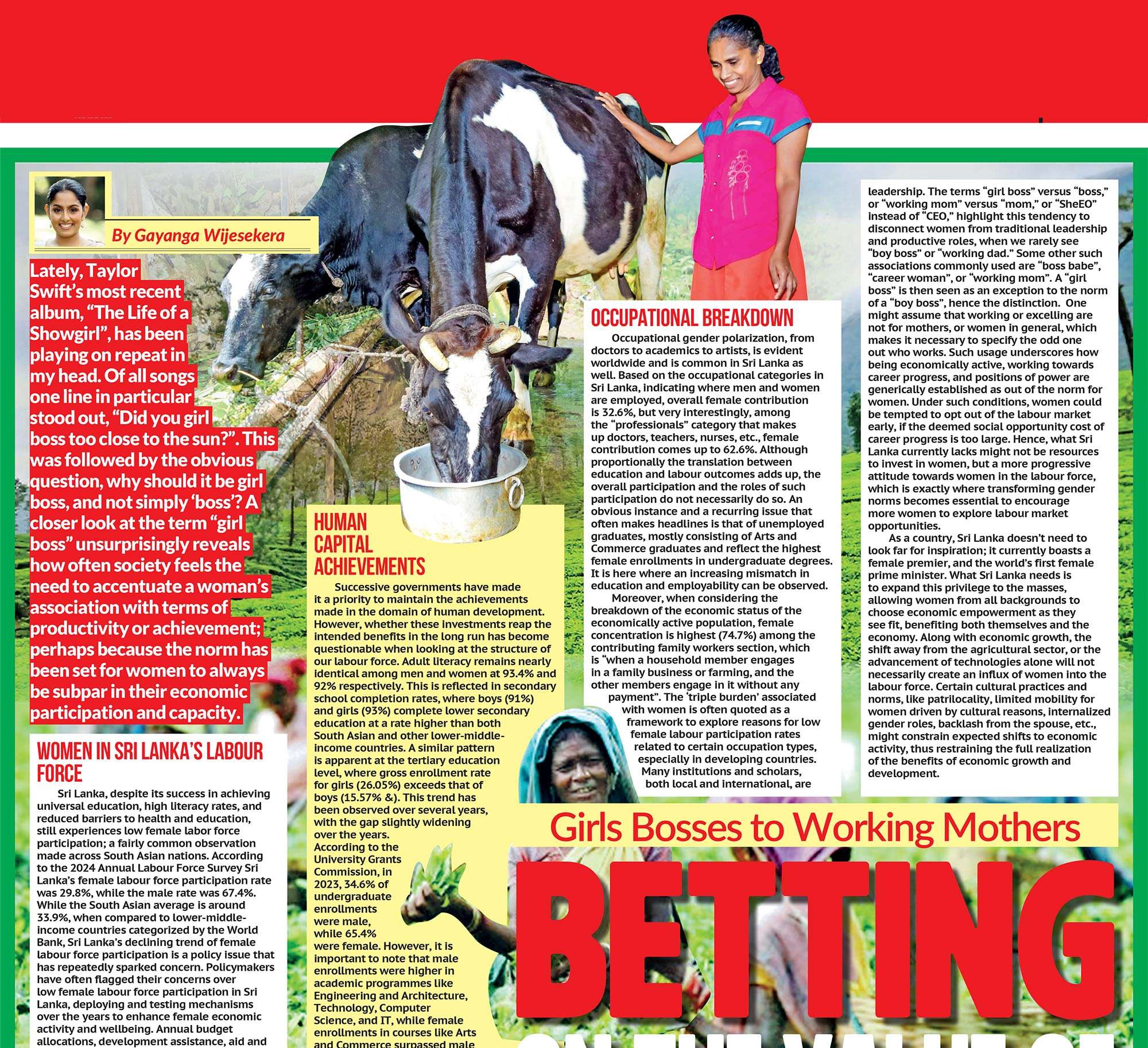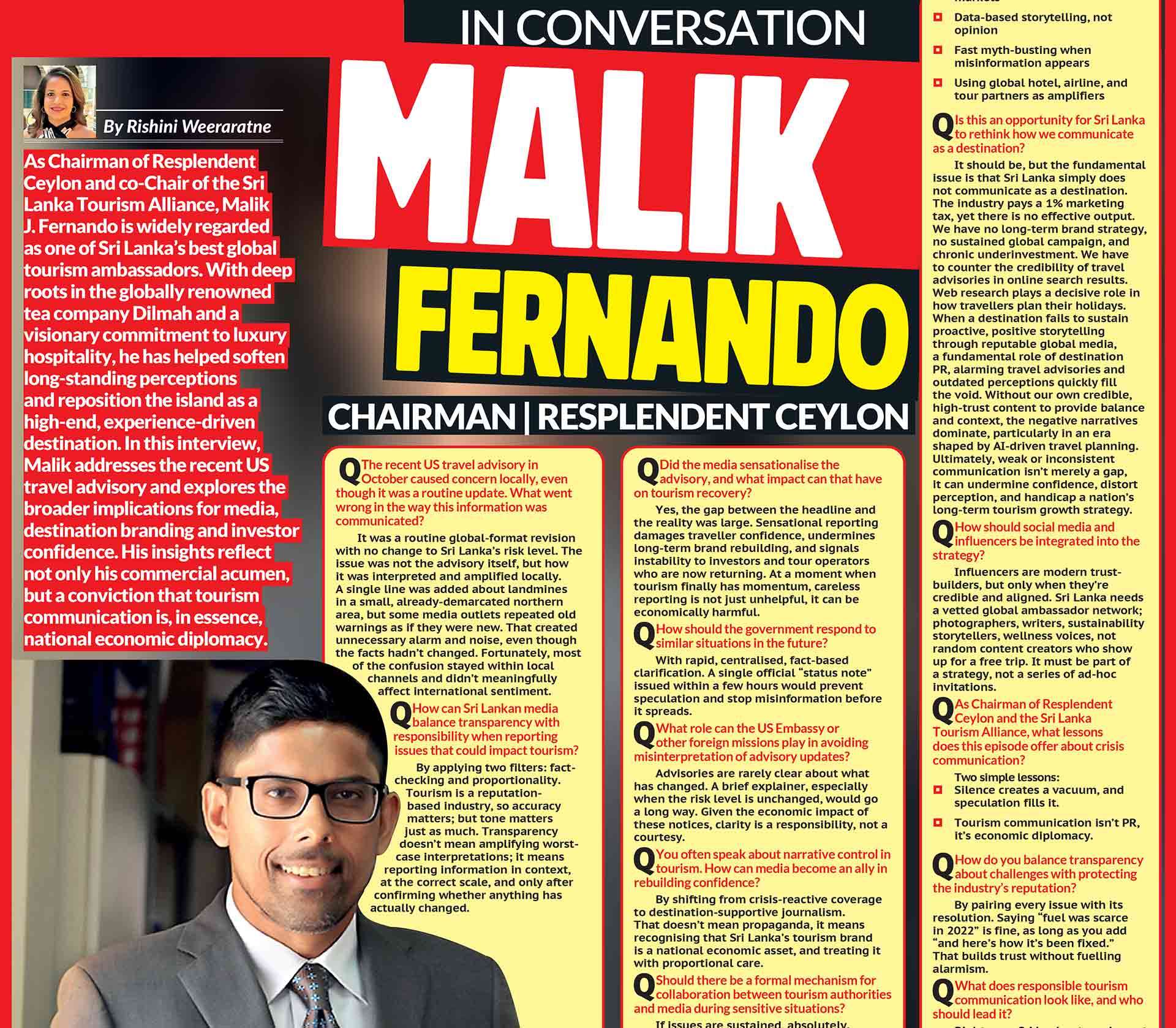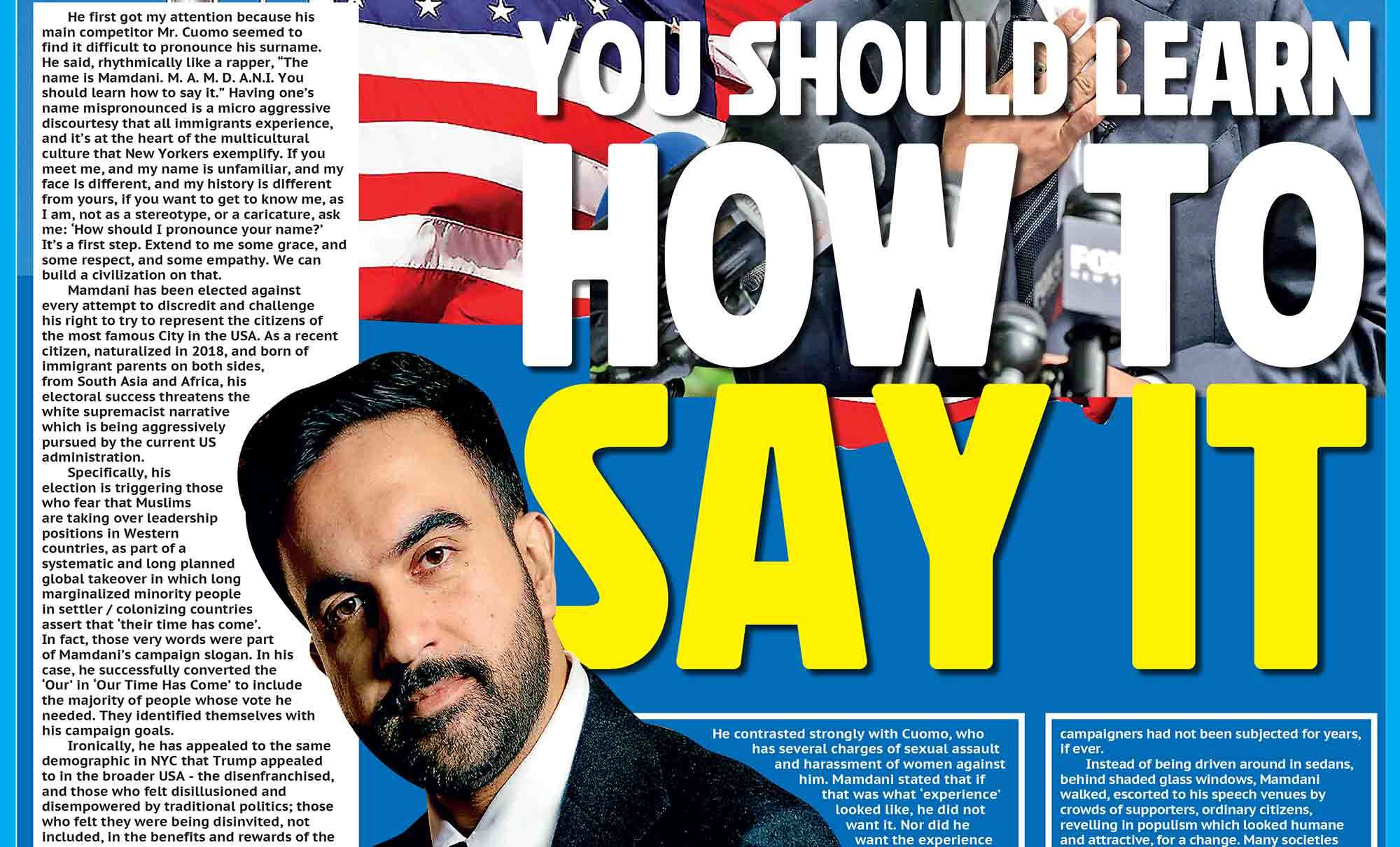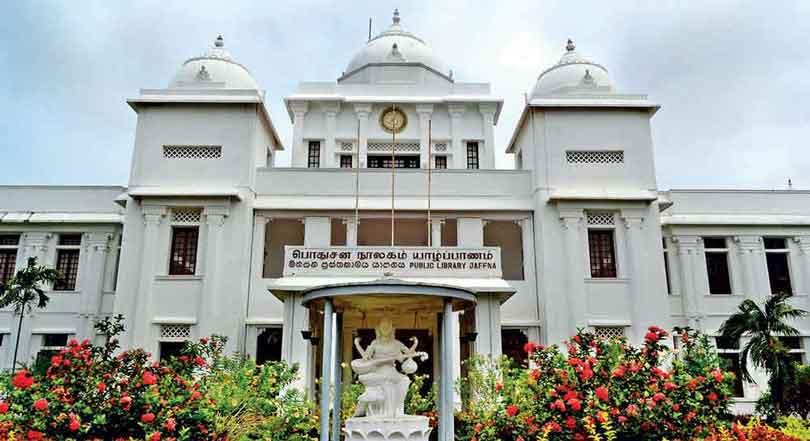
Sri Lankans love a good spectacle. When a certain former president’s personal library; a cozy collection of some 2,500 books went up in flames during the 2022 Aragalaya protests, the Colombo elite clutched their pearls. Social media lit up, pundits wailed about the loss of “intellectual heritage,” and the state swung into action like it was auditioning for a Hollywood blockbuster. Yeah, we all knew this.
 1. Now, cast your mind back to 1981, when the Jaffna Public Library, a Tamil cultural fortress with 97,000 volumes, including irreplaceable manuscripts, was reduced to ashes. The response? A few shrugs, and a masterclass in sweeping things under the rug. The irony is so thick you could cut it with a machete. So, dear Sri Lankans? Let’s unpack why this selective memory is a national disgrace that demands change…now!
1. Now, cast your mind back to 1981, when the Jaffna Public Library, a Tamil cultural fortress with 97,000 volumes, including irreplaceable manuscripts, was reduced to ashes. The response? A few shrugs, and a masterclass in sweeping things under the rug. The irony is so thick you could cut it with a machete. So, dear Sri Lankans? Let’s unpack why this selective memory is a national disgrace that demands change…now!
The Cultural Genocide of Jaffna
Let’s start in Jaffna, May 31, 1981, when the city was a pressure cooker during the District Development Council elections. The Jaffna Public Library wasn’t just a place for bookworms; it was a Tamil sanctuary, born from K.M. Chellappah’s vision in 1933 and elevated by V.M. Narasimman’s Dravidian-style architecture. Its shelves cradled treasures: the Yalpanam Vaipavama from 1736, ola leaf manuscripts, and works by giants like Ananda Coomaraswamy. As N. Selvarajah notes in Rising from the Ashes, it was a symbol of Tamil identity, a place where history whispered to the future. But that night, it burned, along with the Tamil United Liberation Front’s headquarters, the Eelanadu newspaper office, and homes of leaders like V. Yogeswaran.
This wasn’t an accident; it was a calculated assault.
Eyewitnesses saw Sri Lankan police and state-backed Sinhalese mobs wielding torches, as documented by Selvarajah. Virginia Leary’s 1981 report for the International Commission of Jurists called it deliberate, noting the “profound distress” it caused Tamils. Nancy Murray, in Race & Class (1984), pointed to ministers like Cyril Mathew and Gamini Dissanayake being in Jaffna, suggesting state complicity. H.A.I. Goonetileke, a Sinhala librarian, condemned it as a “cold-blooded” act of “communal hate”. The Citizens Committee for National Harmony, spanning ethnic lines, demanded answers, but got silence. Parliamentary debates on June 9, 1981, saw Tamil MPs like A. Amirthalingam accuse the state, while Sinhala MPs stoked racial tensions.
Professor Karthigesu Sivathamby called the library a Tamil lifeline, its loss an existential blow. K. Nesiah saw it as an attack on Tamil aspirations. S. Ponnambalam, in Sri Lanka: The National Question (1983), argues it was a catalyst for the civil war, ignited by Black July 1983. The fire screamed, ‘your culture is disposable.’ Jaffna legislator Gajendrakumar Ponnambalam later framed it as part of a “persistent assault on Tamils”.
The LTTE Propaganda Myth
| The Jaffna fire’s aftermath is a graveyard of missed opportunities. No perpetrators were prosecuted, no reparations offered, no truth commission formed |
Now, here’s where some try to rewrite history. In 2012, retired Deputy Inspector General Edward Gunawardena claimed the LTTE orchestrated the fire to smear the government, arguing the library’s Vellala caste ties made it expendable to some Tamils. It’s a spicy theory, but it’s flimsier than a politician’s promise.
Major General Lalin Fernando called it “absurd,” noting the LTTE wouldn’t torch a Tamil symbol. K.K.S. Perera dismissed it as baseless, emphasizing the LTTE’s fight was with the state, not culture. R. Premadasa in 1991 and Kumara Welgama in 2018 pointed to UNP ministers like Dissanayake and Gamini Lokuge, not the LTTE. No firefighters, no arrests, ministers on the ground, it reeks of state negligence or worse. A post on X even named Ranil Wickremesinghe among those present, though this remains unverified and should be taken with a grain of salt.
The LTTE, for all its brutality, had no motive to destroy a unifying Tamil icon. The state’s inaction, however, speaks volumes. Leary demanded an inquiry; none came. In 2016, Ranil Wickremesinghe apologized, admitting UNP guilt, but it was a half-hearted mumble, no justice attached. The rebuilt library, completed in 2003 with help from groups like Sudu Nelum, is a testament to Tamil resilience, but when Sinhalese tourists vandalized it in 2010, it showed how little some understand its weight.
2.A Tale of Swift Justice Fast forward to July 2022, when the Aragalaya protests, Sri Lanka’s uprising against economic collapse and political rot, turned Colombo into a battleground, amid the chaos, Ranil Wickremesinghe’s private residence, including his library of some 2,500 books, was set ablaze by protesters.
The books, housed in his Fifth Lane home, included personal collections and reportedly some rare texts, though nothing on the scale of Jaffna’s cultural archive. The reaction? Night and day compared to 1981.
The state moved like lightning. Police arrested dozens, with reports of over 40 detentions linked to attacks on politicians’ properties, including Wickremesinghe’s. The government condemned the violence, framing it as an assault on democracy. Wickremesinghe, then prime minister and soon president, used the incident to justify crackdowns, with his November 2024 address setting “redlines” for protests. Social media buzzed with outrage from urban elites, decrying the loss of “intellectual property.” Compensation was swiftly promised, and investigations launched, though specific outcomes remain murky. The uproar was loud, the response immediate, and the narrative clear: this was a national tragedy.
3.Whose Loss Matters?
Let’s savor the irony. In 1981, a public library holding 97,000 volumes, irreplaceable Tamil manuscripts, colonial records, a people’s heritage, was burned, likely by state-backed forces.
No arrests, no inquiry, no compensation. The Tamil community’s grief was met with silence, their loss dismissed as collateral damage in a “troubled time.” Fast forward to 2022, and a private collection of 2,500 books, owned by a political heavyweight, sparks a state-orchestrated circus. Arrests, investigations, public outcry, it’s as if the nation’s soul was at stake. The Jaffna fire was a cultural genocide; Minister’s was a personal loss. Yet one got justice, or at least its trappings, while the other got an apology 35 years late.
This double standard isn’t just hypocrisy; it’s a mirror to Sri Lanka’s fractured priorities. The state’s swift action in 2022 shows it can respond when it wants to, when the victim is powerful, Sinhala, and connected. The 1981 silence shows it won’t when the victims are Tamil, marginalized, and inconvenient. The Aragalaya arrests targeted protesters, often young and desperate, while the Jaffna perpetrators, likely police and mobs, walked free. The uproar over Ranil’s books came from Colombo’s chattering classes; the Jaffna loss was mourned by Tamils alone, with mainstream Sinhala media barely blinking.
The Knowledge Gap
Here’s the gut punch. Today’s youth barely know Jaffna’s story. Post-2009 generations are growing up blind to 1981, thanks to a school system that sanitizes history. Selvarajah’s book is a desperate plea to remember, especially for the Tamil diaspora. Tamil media and commemorations, like those reported by Tamil Guardian in 2021 and 2024, keep the flame alive, but Sinhala outlets often sidestep it, softening the state’s role.
The result? Kids who know more about Ranil’s library from viral posts than Jaffna’s cultural loss. This isn’t just ignorance; it’s a systemic failure to confront the past.
What’s Pending, What’s Needed
The Jaffna fire’s aftermath is a graveyard of missed opportunities. No perpetrators were prosecuted, no reparations offered, no truth commission formed. Wickremesinghe’s 2016 apology was a start, but without action, it’s just words. Meanwhile, Ranil’s case saw arrests and promises of rebuilding, though exact progress is unclear, typical political theater. The pending actions for Jaffna are glaring: a proper investigation, public acknowledgment, and cultural restoration. For Ranil’s library, it’s likely a done deal, with state actions and sympathy already flowing.
All I want to say is, Sri Lanka, it’s time to grow up and READ. As ironic as it may sound while we are unwrapping the history of a burnt library, this is reality. This isn’t about pity or tears, it’s about fixing a broken system. And to hold those who must be held accountable, rightfully.
HERE’S WHAT WE NEED:
Truth Commission: Investigate 1981 and other anti-Tamil violence. Name names, hold trials, deliver justice.
Educational Overhaul: Rewrite curricula to teach the Jaffna fire, Black July, all of it, unfiltered, for Sinhala, Tamil, Christian and Muslim kids.
Cultural Preservation: Digitize Tamil manuscripts and fund archives to protect what’s left. The diaspora can help, but the state must lead.
Memorialization: Build a memorial in the Jaffna Library, not just for Tamils but for all Sri Lankans to learn from.
Equal Justice: If you can arrest Aragalaya protesters, you can chase 1981’s culprits. No more double standards.
The Reckoning We Can’t Avoid
The Jaffna Public Library’s ashes are a challenge. Face the truth or let it burn us again. The LTTE theory is a distraction; the evidence points to state complicity. Ranil’s library fire got the red-carpet treatment because he’s one of the club. Jaffna’s didn’t because Tamils, too often, aren’t. This isn’t just history, it’s a warning. A nation that picks and chooses its tragedies is a nation on borrowed time.
So, for those reading this behind closed doors, don’t let this fade. Talk about Jaffna, teach your kids, demand answers. The next time Colombo cries over a politician’s bookshelf, ask why they’re silent about a people’s heritage. Change starts when we stop pretending 97,000 books didn’t burn, when we stop acting like one man’s loss outweighs a community’s soul. Sri Lanka, you’re better than this. Prove it.
